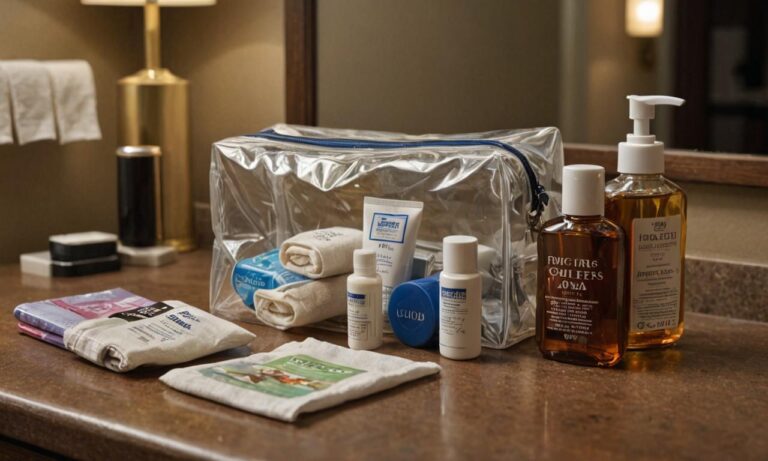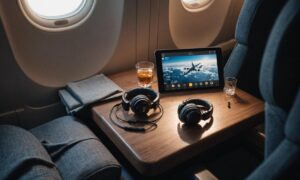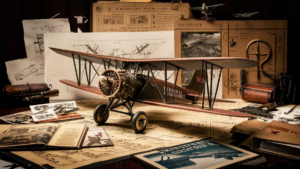Welcome to our comprehensive guide on the allowable ounces you can bring on an airplane. Navigating airport security regulations can be a daunting task, but fear not, as we are here to provide you with all the information you need to ensure a smooth and hassle-free journey.
Understanding TSA Regulations
The Transportation Security Administration (TSA) is responsible for setting the guidelines regarding liquids, gels, and aerosols in carry-on baggage. To maintain security while ensuring passenger convenience, the TSA has established a 3-1-1 rule.
The 3-1-1 Rule
This rule stipulates that each passenger may bring liquids, gels, and aerosols in containers of 3.4 ounces (100 milliliters) or less. These containers must be placed in a quart-sized, clear, resealable plastic bag, with each passenger allowed one bag per screening.
Exceptions to the Rule
While the 3-1-1 rule is the standard, there are exceptions for certain items, such as medications, baby formula, and breast milk. These items may exceed the 3.4-ounce limit but must be declared at the security checkpoint for inspection.
Medical and Special Needs Considerations
Passengers with medical conditions or special needs may carry larger amounts of liquid medications, along with any necessary medical supplies. It is advisable to notify the TSA officer in advance to facilitate the screening process.
Checked Baggage Allowances
When it comes to packing liquids in checked baggage, the restrictions are more lenient. However, it’s crucial to be aware of airline-specific policies and any international regulations that may apply to your destination.
Verification and Documentation
We recommend checking with your airline for their specific guidelines and requirements regarding liquids in checked baggage. Some airlines may request additional documentation for certain items, so it’s always best to be well-prepared.
Tips for Smooth Screening
To expedite the security screening process and minimize the likelihood of issues, follow these practical tips:
- Organize liquids in your carry-on in a clear, resealable plastic bag.
- Review airline and TSA guidelines before packing.
- Declare any necessary medical or special needs items at the security checkpoint.
- Check airline-specific policies for checked baggage allowances.
- Arrive at the airport with ample time to navigate security procedures.
Traveling with liquids on an airplane doesn’t have to be a stressful experience. By understanding and adhering to TSA regulations, being aware of exceptions, and following airline-specific guidelines, you can ensure a seamless journey. Safe travels!
Environmental Impact of Air Travel
While we focus on the practical aspects of bringing liquids on airplanes, it’s essential to consider the environmental impact of air travel. The aviation industry contributes to carbon emissions and environmental degradation. Exploring ways to reduce your carbon footprint, such as opting for sustainable airlines or carbon offset programs, can contribute to a more eco-friendly travel experience.
Reusable Containers and Eco-Friendly Choices
Consider using reusable containers for your toiletries instead of single-use plastic. This small change can contribute to reducing plastic waste. Additionally, explore eco-friendly and biodegradable travel products to minimize your environmental impact during your journey.
Frequently Asked Questions
| Question | Answer |
|---|---|
| 1. Can I bring a water bottle through security? | Yes, you can bring an empty water bottle through security and fill it up after the checkpoint. However, it must comply with the airline’s regulations. |
| 2. Are there restrictions on bringing food on the plane? | Generally, you can bring solid food in your carry-on. However, liquids, gels, and aerosols in excess of 3.4 ounces must follow the 3-1-1 rule. |
| 3. How does the 3-1-1 rule apply to duty-free items? | Duty-free liquids, gels, and aerosols purchased after the security checkpoint are exempt from the 3-1-1 rule, but there may be additional restrictions, so it’s advisable to check with the airline. |
Balancing Convenience and Responsibility
As travelers, balancing the convenience of carrying essential items with a sense of responsibility towards the environment is crucial. Stay informed about sustainable travel practices and make conscious choices to contribute to a more sustainable and responsible aviation industry.
See also:






